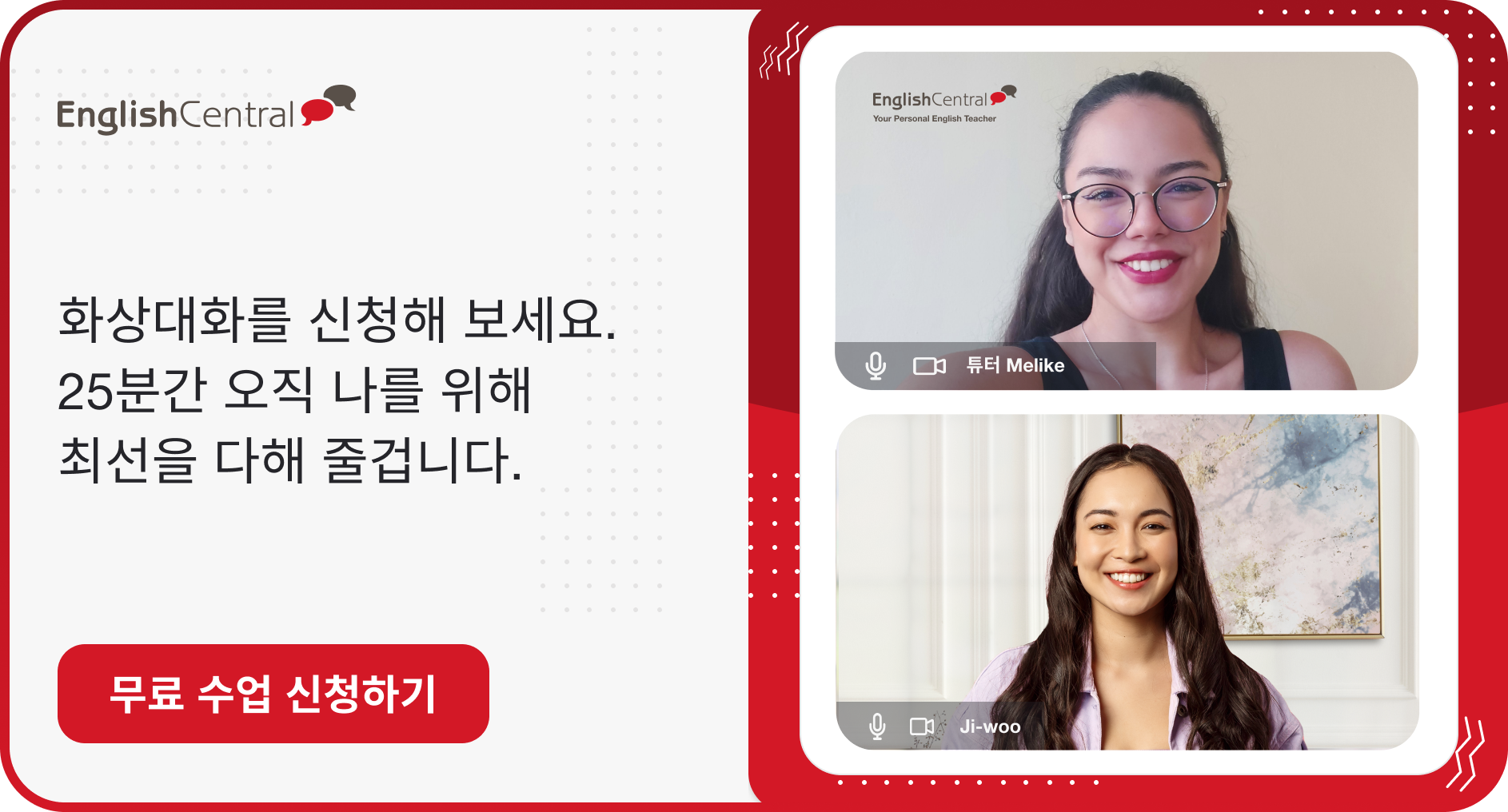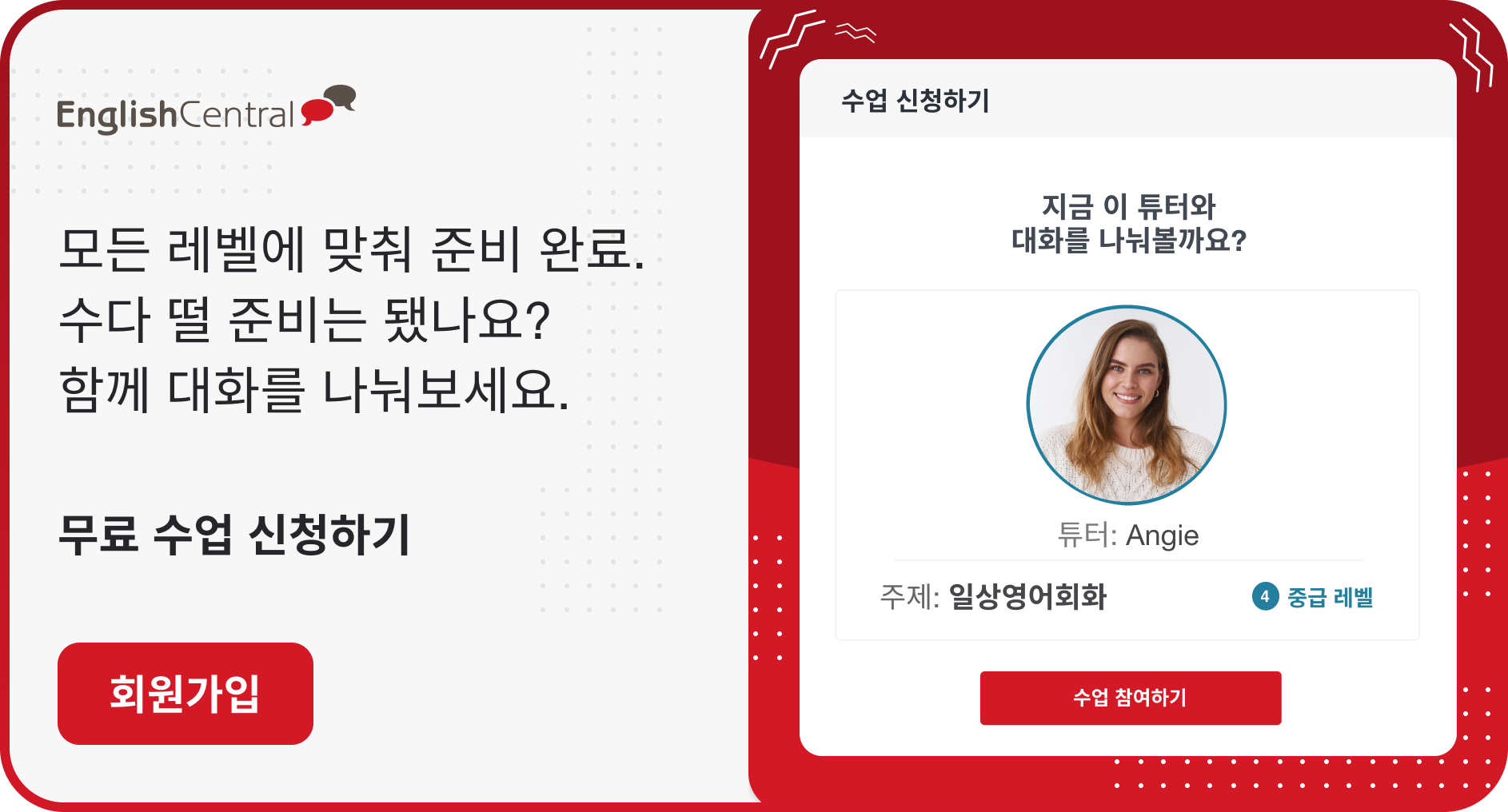축약형이란?
축약형은 영어에서 매우 흔하게 사용되는 언어적 현상으로, 두 개 이상의 단어가 결합하여 하나의 단어로 축약되는 형태를 말합니다. 이 과정에서 글자 일부가 생략되고, 종종 아포스트로피(‘)가 사용되어 생략된 부분을 나타냅니다. 축약형은 주로 구어체와 비공식적인 글에서 자주 사용되며, 문장을 더 간결하고 자연스럽게 만듭니다. 대표적인 축약형으로는 I am이 I’m으로, do not이 don’t으로, it is가 it’s로 변하는 경우가 있습니다. 이러한 축약형은 영어 학습자에게는 이해하기 어려울 수 있지만, 영어의 자연스러운 표현과 일상 회화를 익히기 위해서는 중요한 요소입니다. 이 글에서는 영어의 주요 축약형과 그 사용법에 대해 자세히 알아보겠습니다.
축약형을 사용하는 방법
축약형은 영어에서 두 개 이상의 단어를 결합하여 더 짧게 표현하는 방식입니다. 일반적으로 축약형은 일상 회화와 비공식적인 글에서 자주 사용되며, 문장을 더 간결하고 자연스럽게 만드는데 도움이 됩니다. 축약형을 올바르게 사용하는 방법은 다음과 같습니다:
동사와 ‘not’의 축약
부정문을 만들 때 ‘not’을 축약하는 것이 일반적입니다. 예를 들어, do not은 don’t, is not은 isn’t로 축약됩니다. 이 경우, 동사 뒤에 ‘not’의 ‘o’를 생략하고 아포스트로피(‘)를 넣습니다.
I do not like it. -> I don’t like it.
주어와 동사의 축약
주어와 동사를 축약할 때도 아포스트로피를 사용합니다. 예를 들어, I am은 I’m, he is는 he’s로 축약됩니다.
She is going to the store. -> She’s going to the store.
의문사와 ‘is’의 축약
의문사와 ‘is’를 결합할 때도 축약형을 사용합니다. 예를 들어, what is는 what’s, who is는 who’s로 축약됩니다.
What is happening? -> What’s happening?
‘have’의 축약
‘have’는 주어와 결합하여 축약할 수 있습니다. 예를 들어, I have는 I’ve, they have는 they’ve로 축약됩니다.
We have been there. -> We’ve been there.
기타 축약형
몇몇 특정 표현들도 축약할 수 있습니다. 예를 들어, let us는 let’s, you are는 you’re로 축약됩니다.
You are my friend. -> You’re my friend.
축약형은 글과 말의 흐름을 자연스럽게 하고, 영어를 보다 일상적이고 친근하게 만드는 중요한 요소입니다. 다만, 공식 문서나 학술적인 글에서는 축약형을 사용하는 것을 피하는 것이 좋습니다. 축약형을 정확히 이해하고 사용하는 것은 영어 실력을 향상시키는 데 큰 도움이 될 것입니다.
축약형 사용 및 피해야 하는 경우
축약형은 영어 회화와 글쓰기에서 매우 유용하지만, 모든 상황에서 적절한 것은 아닙니다. 이제, 축약형의 사용 시기와 피해야 할 시기를 함께 살펴보겠습니다.
축약형을 사용해야 하는 경우
일상 회화
친구나 가족과의 대화에서는 축약형을 사용하면 더 자연스럽고 편안한 느낌을 줄 수 있습니다.
I am going to the store -> I’m going to the store
She will come over -> She’ll come over
Informal한 글쓰기
이메일이나 메시지, 개인 블로그 글에서 축약형을 사용하면 글이 더 친근하고 가독성이 높아집니다.
Do not worry about it -> Don’t worry about it
You are welcome -> You’re welcome
캐주얼한 프레젠테이션
비공식적인 프레젠테이션이나 모임에서 발표할 때도 축약형을 사용하면 더 자연스럽게 들릴 수 있습니다.
We have completed the project -> We’ve completed the project
축약형을 피해야 하는 경우
공식 문서
보고서, 연구 논문, 비즈니스 문서 등 공식적인 글에서는 축약형을 사용하지 않는 것이 좋습니다. 더 정중하고 전문적으로 보이기 위해서입니다.
Do not hesitate to contact us.
It is important to note that.
공식적인 프레젠테이션
회사에서 발표하거나 중요한 공식 행사에서 발표할 때는 축약형을 사용하지 않는 것이 좋습니다.
We are pleased to announce…
It is our honor to introduce…
시험이나 학술적 글쓰기
학교 과제나 시험에서 축약형을 사용하면 점수가 깎일 수 있습니다. 정식 문장을 사용하는 것이 안전합니다.
She has not completed her homework.
They do not agree with the statement.
축약형을 올바르게 사용하는 것은 영어 실력을 한 단계 업그레이드하는 중요한 부분입니다. 하지만, 언제 사용하는 것이 적절한지 항상 염두에 두어야 합니다. 여러분이 어떤 상황에서도 적절한 표현을 사용할 수 있도록, 오늘 배운 내용을 잘 활용하시기 바랍니다.
축약형 및 예문
I’m (I am)
I’m going to the store.
I’m excited for the weekend.
I’m learning English.
you’re (you are)
You’re my best friend.
You’re going to love this movie.
You’re always so helpful.
he’s (he is)
He’s coming over for dinner.
He’s the best player on the team.
He’s always on time.
she’s (she is)
She’s studying for her exams.
She’s a talented artist.
She’s going to the concert tonight.
it’s (it is)
It’s a beautiful day.
It’s raining outside.
It’s important to stay healthy.
we’re (we are)
We’re planning a trip next month.
We’re excited about the new project.
We’re going to the party together.
they’re (they are)
They’re playing soccer in the park.
They’re visiting us next week.
They’re really good at math.
I’ve (I have)
I’ve finished my homework.
I’ve never been to Japan.
I’ve got a surprise for you.
you’ve (you have)
You’ve done a great job.
You’ve been very helpful.
You’ve met him before, haven’t you?
we’ve (we have)
We’ve been there before.
We’ve completed the task.
We’ve known each other for years.
they’ve (they have)
They’ve bought a new house.
They’ve been working hard.
They’ve already left for the day.
don’t (do not)
Don’t forget to bring your notebook.
I don’t like spicy food.
We don’t have enough time.
doesn’t (does not)
He doesn’t like coffee.
It doesn’t make sense.
She doesn’t know the answer.
didn’t (did not)
She didn’t go to the party.
I didn’t see the movie.
They didn’t finish their homework.
can’t (cannot)
I can’t find my keys.
She can’t come to the phone right now.
We can’t wait any longer.
couldn’t (could not)
We couldn’t solve the puzzle.
I couldn’t hear what he said.
She couldn’t believe her eyes.
won’t (will not)
I won’t be able to attend the meeting.
He won’t listen to me.
She won’t change her mind.
wouldn’t (would not)
He wouldn’t listen to the advice.
I wouldn’t do that if I were you.
She wouldn’t stop talking.
isn’t (is not)
This isn’t the right way to do it.
She isn’t feeling well.
It isn’t working properly.
aren’t (are not)
They aren’t coming to the event.
We aren’t allowed to enter.
You aren’t paying attention.
wasn’t (was not)
She wasn’t feeling well yesterday.
I wasn’t aware of that.
He wasn’t in the office today.
weren’t (were not)
We weren’t aware of the change.
They weren’t invited to the party.
You weren’t supposed to be here.
FAQ
축약형을 사용할 때 피해야 하는 흔한 실수가 있나요?
영어를 배우는 학생들이 축약형을 사용할 때 종종 실수하는 경우가 있습니다. 이러한 실수를 피하는 것은 영어 문장을 더 정확하게 작성하고 말하는 데 도움이 됩니다. 다음은 축약형을 사용할 때 피해야 할 몇 가지 흔한 실수들입니다.
혼동되는 축약형
영어에는 소리가 비슷하지만 의미가 다른 축약형들이 많습니다. 이를 혼동하지 않도록 주의해야 합니다.
you’re (you are) vs. your (소유격)
🗹 You’re my friend.
🗹 Your book is on the table.
they’re (they are) vs. their (소유격) vs. there (장소)
🗹 They’re coming over.
🗹 Their car is new.
🗹 The book is over there.
축약형의 올바른 사용
축약형을 사용할 때 문법적으로 올바른 형태를 사용하는 것이 중요합니다. 잘못된 축약형은 문장을 어색하게 만들 수 있습니다.
🗷 He are not here.
🗹 He isn’t here. (He is not here.)
‘of’와 ‘have’의 혼동
‘have’의 축약형인 ‘ve를 ‘of’로 혼동하는 경우가 많습니다. 이는 특히 ‘could have’, ‘should have’, ‘would have’와 같은 표현에서 자주 발생합니다.
🗷 I could of gone.
🗹 I could’ve gone. (I could have gone.)
이중 부정
‘not’과 결합한 축약형을 사용할 때 이중 부정을 피해야 합니다. 이는 문장을 혼란스럽게 만들 수 있습니다.
🗷 I don’t know nothing. (이중 부정)
🗹 I don’t know anything.
Formal한 글쓰기에서의 사용
축약형은 Informal한 상황에서는 적절하지만, Formal한 글쓰기나 발표에서는 피하는 것이 좋습니다. 축약형 대신 전체 형태를 사용하는 것이 더 정중하고 전문적으로 보입니다.
Informal: I’m happy to be here.
Formal: I am happy to be here.
부적절한 축약
모든 단어가 축약될 수 있는 것은 아닙니다. 예를 들어, am not은 amn’t로 축약되지 않으며, 대신 aren’t 또는 전체 형태를 사용해야 합니다.
🗷 I amn’t sure.
🗹 I’m not sure.
이러한 흔한 실수들을 피함으로써 축약형을 더 정확하고 자연스럽게 사용할 수 있습니다. 영어 학습 과정에서 축약형의 정확한 사용법을 익히는 것은 매우 중요하며, 이를 통해 영어 표현력이 크게 향상될 수 있습니다.
더 많은 학습을 하려면, EnglishCentral에 회원가입 후 약 20,000여개의 다양한 주제에 대한 비디오들을 시청하고, 단어를 학습하고, 말하기 연습을 할 수 있습니다. 그리고 EnglishCentral에서 1:1 말하기 수업을 통해 응용해 보시기 바랍니다!











